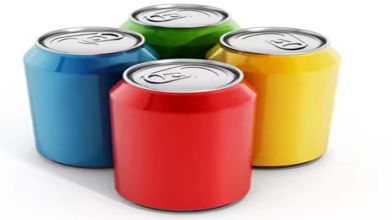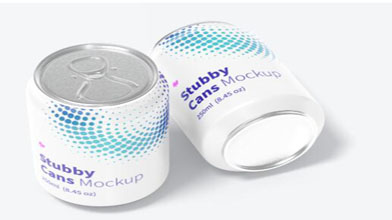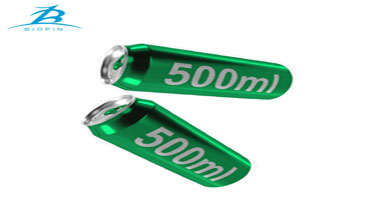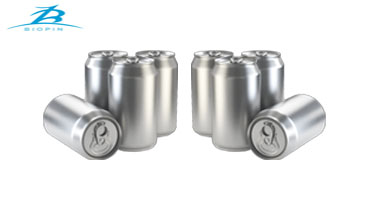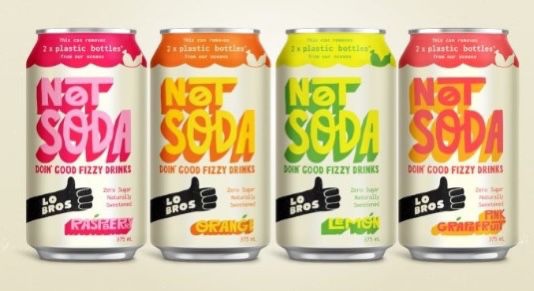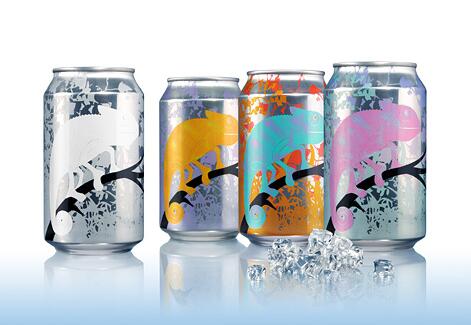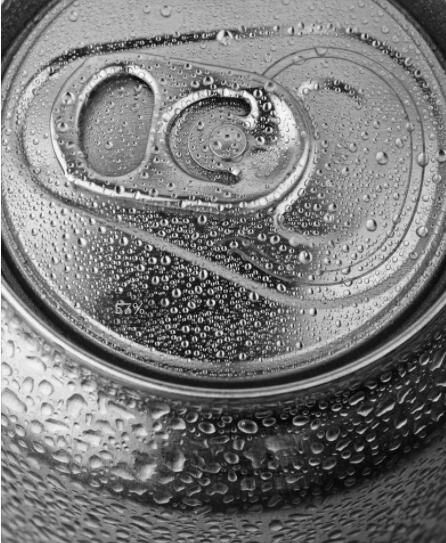Why are Aluminum Cans Gaining Popularity in the Packaging Industry?
Jan 30, 2024
In recent years, aluminum cans have experienced a surge in popularity within the packaging industry. This trend can be attributed to several key factors that make aluminum cans a preferred choice for numerous products, ranging from beverages to personal care items. In this blog post, we will explore the reasons behind the growing popularity of aluminum cans and the benefits they offer for both consumers and manufacturers.
Lightweight and Portable:
One of the primary reasons for the rise in popularity of aluminum cans is their lightweight nature. Aluminum is significantly lighter than alternative packaging materials such as glass or plastic, making cans easier to handle, transport, and store. This characteristic is particularly advantageous for industries like beverages, where convenience and portability are highly valued by consumers.
Efficient and Sustainable:
Aluminum cans are known for their exceptional recycling capabilities and sustainability. Aluminum is a highly recyclable material, with nearly 75% of all aluminum ever produced still in use today. Recycling aluminum cans saves a significant amount of energy and resources compared to producing new cans from scratch. Additionally, aluminum cans are infinitely recyclable, meaning they can be recycled repeatedly without any loss in quality.
Superior Protection and Preservation:
Aluminum cans provide excellent protection for the products they contain. They offer a barrier against light, oxygen, and moisture, safeguarding the freshness, flavor, and quality of the packaged goods. This makes aluminum cans an ideal choice for beverages, as they help to prevent spoilage and maintain the desired taste over an extended period.
Branding and Design Opportunities:
Aluminum cans offer a versatile canvas for branding and design. The smooth surface of aluminum cans allows for vibrant and high-resolution printing, enabling brands to create eye-catching graphics that stand out on store shelves. Additionally, aluminum cans can be customized with various finishes, embossing, or even tactile elements, enhancing the overall visual appeal and brand recognition.
Consumer Preference:
Consumers are increasingly gravitating towards aluminum cans due to their perceived value and positive attributes. Aluminum cans are often associated with premium quality, durability, and a modern, sleek aesthetic. Moreover, consumers appreciate the convenience, ease of use, and the ability to reseal aluminum cans, allowing for on-the-go consumption and minimizing waste.
The rise in popularity of aluminum cans within the packaging industry can be attributed to their lightweight nature, recyclability, superior product protection, branding opportunities, and consumer preferences. As sustainability and convenience continue to be key considerations for both manufacturers and consumers, aluminum cans have emerged as a preferred choice for packaging various products. With their numerous advantages, aluminum cans are likely to maintain their upward trajectory in the packaging industry for years to come.
